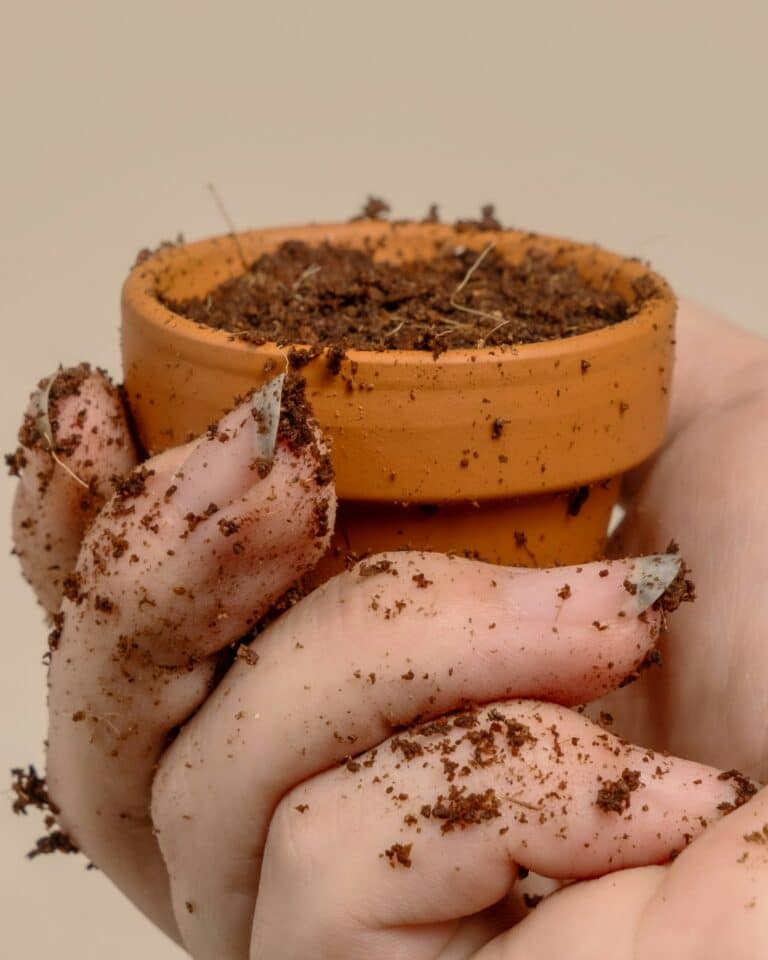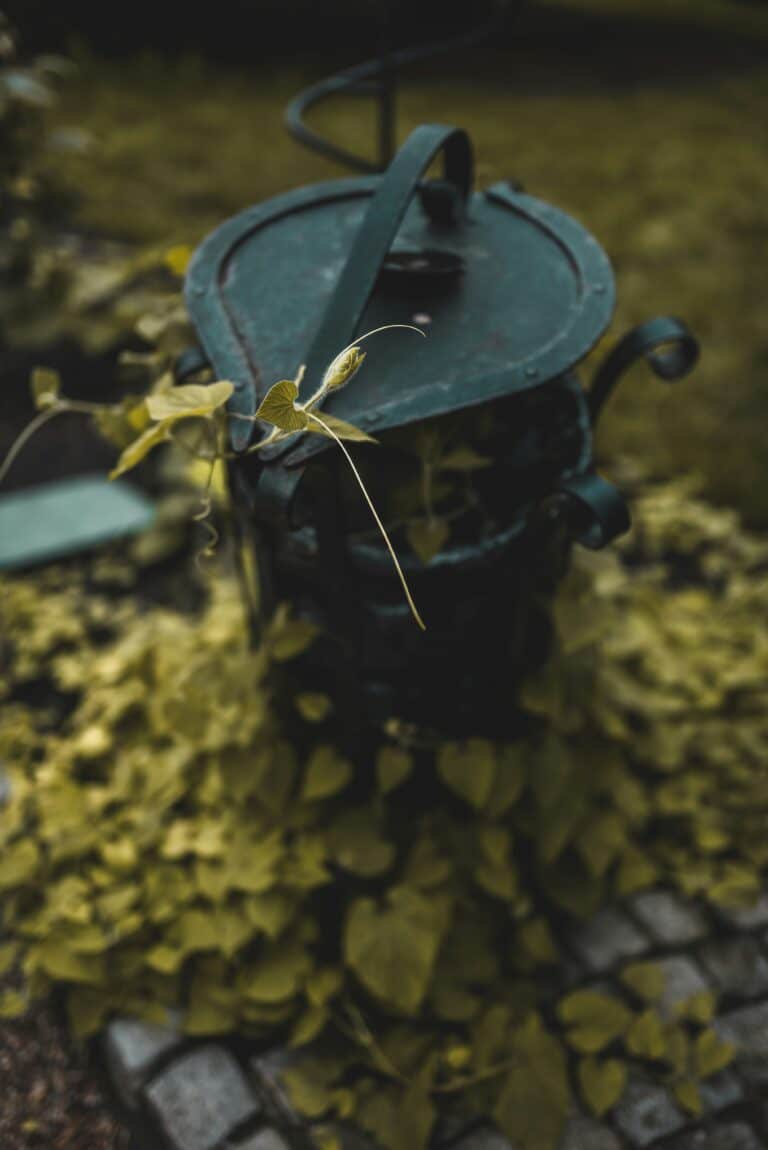🌱💧 For some, it’s a tricky dance of adding just the right amount of water, while others struggle to achieve a balance that doesn’t end up with a soggy mess. But fear not, dear reader, because this comprehensive guide is here to illuminate the shadows of uncertainty.

Compost hydration, or the process of maintaining the optimal moisture level in your compost heap or bin, is a cornerstone of successful composting. Understanding how to master this vital element of indoor composting could mean the difference between a thriving, nutrient-rich compost pile and a damp, foul-smelling one.
The Importance of Hydration
To begin, let’s address the elephant in the room: why is moisture control so vital in composting? The answer lies in the very heart of composting itself – the microorganisms. These microscopic lifeforms are the workhorses of your compost pile, breaking down organic matter into nutrient-rich compost. However, these tiny helpers need the right conditions to thrive, and hydration is a significant part of this equation. Think of it as a Goldilocks situation: not too dry, not too wet, but just right. 👌
Too much water will fill up the air spaces in the compost pile, causing anaerobic conditions. This leads to slow decomposition and unpleasant odors – a scenario every composter dreads. On the other hand, too little moisture will slow down the decomposition process and may even cause it to stop altogether.
The Perfect Moisture Balance
So, what’s the ideal moisture level for compost? The answer is around 50% to 60%. At this level, the compost pile is moist enough to sustain microbial activity but not so wet as to prevent oxygen from reaching the composting materials. A commonly used analogy is that of a wrung-out sponge: moist to touch, but not dripping wet. 💦
But how do you achieve and maintain this balance? This guide will explore various strategies, from the type of compost bin you use, the materials you compost, and techniques for adding or removing moisture. We will also delve into troubleshooting moisture problems, ensuring you’re equipped to handle any compost hydration challenge that comes your way.
Unlocking the Mysteries of Indoor Compost Hydration
We’ll be diving into various factors that impact compost hydration, such as bin design and composting materials. We’ll look at how to add moisture to your compost when it’s too dry and how to remove it when it’s too wet. Furthermore, we will cover monitoring techniques to keep a close eye on your compost moisture level. In other words, prepare to unlock the mysteries of indoor compost hydration. 🔍💧
Whether you’re a seasoned composter or a beginner, this guide will provide you with actionable steps and insights to master the art of compost hydration. So, buckle up, fellow compost enthusiasts, as we embark on this enriching journey of mastering moisture in indoor composting. Prepare to wield hydration like a master composter and bring your composting game to the next level!
The Science of Moisture in Indoor Composting
Indoor composting represents a wonderful way to reduce waste while enriching your indoor plants or garden. One of the critical elements of successful composting is understanding and mastering moisture levels. This is a nuanced process that relies on a blend of art and science, but the good news is that with a little know-how, anyone can become an indoor composting guru.
In this article, we delve into the science of moisture in indoor composting. We’ll explain why it’s vital, how it works, and how to achieve the perfect balance. In addition, we’ll provide a detailed guide to troubleshooting common issues related to moisture content. So, prepare yourself for an in-depth journey into the world of compost hydration.
The journey begins with an understanding of why moisture is essential for composting. Composting is a biological process involving billions of microbes working to break down organic matter into nutrient-rich soil. These microscopic organisms need moisture to survive and thrive. Without adequate water content, they can’t function optimally, resulting in slow or stunted composting processes. However, too much moisture can create a waterlogged environment that stifles their activity and promotes the growth of harmful organisms.
Optimal Moisture Levels for Indoor Composting
While it might seem tricky to balance, achieving optimal moisture levels in your indoor compost isn’t as complex as it appears. The key is to understand what ‘optimal’ means. In general, compost should feel like a well-wrung sponge – damp but not waterlogged. This is often quantified as about 40-60% moisture content.
This range provides the best environment for composting microbes, allowing them to consume, reproduce, and generate heat effectively. However, achieving this range requires careful consideration of the materials you’re composting, ongoing monitoring, and occasional adjustments.
Consider the organic materials you’re adding to your compost. Some, like fresh fruit and vegetable scraps, have high moisture content, while others, like paper or dried leaves, are dry. A good rule of thumb is to mix wet and dry materials evenly to balance out the moisture.
Table 1: Moisture Content of Common Composting Materials
| Material | Moisture Content (%) |
|---|---|
| Fresh Vegetable Scraps | 90-95 |
| Fresh Fruit Scraps | 80-90 |
| Dried Leaves | 10-15 |
| Paper | 5-10 |
Troubleshooting Moisture Issues in Indoor Composting
Despite your best efforts, you might sometimes encounter issues with moisture in your indoor compost. Don’t worry – these are common challenges, and there are simple solutions for them.
If your compost is too wet, it might smell bad and look slimy – signs that it’s not getting enough oxygen and may be harboring harmful bacteria. In this case, add more dry materials, such as paper or dried leaves, to balance out the moisture. You can also stir the compost to help it aerate.
If your compost is too dry, it might not be breaking down the materials effectively, or at all. The compost will feel dry to the touch and may have a dusty appearance. To correct this, add water slowly until the compost feels like a well-wrung sponge. Be careful not to overwater – remember, it’s easier to add more water later than to remove it once it’s there.
Video: How to Manage Moisture in Your Indoor Compost
For a visual guide on managing moisture in your indoor compost, check out this informative YouTube video by “Compost Guide” titled “Mastering Moisture: The Ultimate Guide to Indoor Compost Hydration”.
Useful Tools for Managing Compost Moisture Levels
While getting the hang of indoor composting and moisture management can take some practice, there are handy tools available to help you. These include moisture meters, which provide a quick and easy way to measure the moisture content of your compost. Such tools can take the guesswork out of compost hydration and make the process much more straightforward.
Besides, automatic composters are another valuable tool. These devices control the composting environment, including temperature and moisture levels, to optimize the process. They can be a bit pricier but offer convenience and consistency.
Remember, while these tools can be helpful, they’re not necessary. Many successful composters rely on touch and observation to manage their compost’s moisture content. It’s all about finding what works best for you and your composting needs.
Key Takeaways for Mastering Indoor Compost Hydration
Mastering moisture in your indoor compost is crucial for a successful composting process. The perfect compost is moist but not waterlogged, providing an optimal environment for the microscopic organisms that break down organic matter. Achieving this balance involves carefully selecting and mixing your composting materials, regular monitoring, and making adjustments as necessary. And remember, practice makes perfect. With time and patience, you can become a master of indoor compost hydration.
Feel free to refer back to this guide whenever you’re in doubt. And remember to check out the YouTube video “Mastering Moisture: The Ultimate Guide to Indoor Compost Hydration” by “Compost Guide” for a visual demonstration. Happy composting! 🌱
Conclusion
In conclusion, the world of software engineering is a vast landscape, filled with a multitude of concepts, techniques, and technologies. This article has provided a comprehensive look into the intricate intricacies of this profession, shedding light on some of the most critical elements that are instrumental in shaping the future of this industry.
We started our exploration with an introduction to software engineering, where we broke down its definition and purpose. We delved into the importance of the software development life cycle (SDLC), its various stages, and how each step contributes to the successful delivery of software solutions. We took a closer look at the vital role of software testing in ensuring the quality and reliability of these solutions. We also examined the significance of programming languages, highlighting some of the most widely used ones and how they enable us to create diverse software applications.
The discussion further extended to the subject of software architecture, its various styles, and the role it plays in structuring a software system. We analyzed the importance of data structures and algorithms in solving complex problems and how they form the backbone of efficient software solutions. A section dedicated to cloud computing clarified its impact on modern software development practices and how it revolutionizes the way we store and process data. Lastly, we inspected the realm of cybersecurity, underlining its necessity in today’s digital age and the precautions software engineers must take to ensure the security of their software.
As we navigate the world of software engineering, it is crucial to remember that knowledge is power. The more we understand the complexities and intricacies of our craft, the more equipped we are to develop robust, efficient, and secure software solutions that cater to the needs of the users and stand the test of time. If you’re curious to learn more, consider exploring resources like the [Institute of Electrical and Electronics Engineers (IEEE)](https://www.ieee.org/) or the [Association for Computing Machinery (ACM)](https://www.acm.org/), which offer a wealth of information on this subject.
This article is just the tip of the iceberg. The realm of software engineering is continuously evolving, and as software engineers, it is our responsibility to stay informed and adapt to these changes. I encourage all readers to comment below, share this article, and apply the knowledge gained to your professional journey. Let’s drive the future of software engineering together. 😊
With a final note of inspiration, remember the words of Steve Jobs: “The people who are crazy enough to think they can change the world are the ones who do.” Let’s strive to be those crazy ones! Let’s make our mark in the realm of software engineering and be the catalysts of change and innovation. Together, we can shape the future of this industry. 💪
References:
[1] IEEE: https://www.ieee.org/
[2] ACM: https://www.acm.org/



